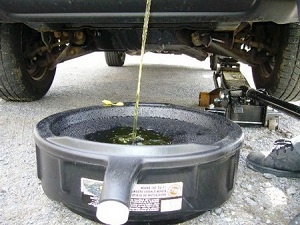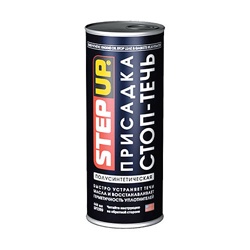
Flushing the engine cooling system. 5 basic mistakes
Content
Flushing the internal combustion engine cooling system is needed to clean the system of harmful accumulations that prevent the liquid from cooling as well as possible. It is because of a clogged cooling system that drivers begin to wonder why:
- the stove does not heat well;
- the internal combustion engine overheats;
- the pump began to work worse.
You can solve these problems by knowing the answer to the question of how to flush the internal combustion engine cooling system.
5 Common Flushing Mistakes
1. When to flush the engine cooling system
Many car owners start thinking about flushing the cooling system only when they start having problems associated with it (and listed above). But, in order not to bring things to a deplorable state, you only need to regularly clean the cooling system. At least approximately once every two years, depending on the recommendations for a particular brand of car. Unfortunately, not everyone regularly flushes the system, preferring to simply fill in the coolant and without thinking about the consequences.
2. Flushing the cooling system on a hot internal combustion engine
Do not neglect this safety rule - hot coolant is not at all what you want to see on exposed skin. And even on a cold internal combustion engine, you need to work with gloves - procedures with chemical additives, after all.
3. How to flush the internal combustion engine cooling system
There are a lot of options for flushing, ranging from plain water, continuing with Cola / Fanta and whey, and ending with special products. Errors at this stage are associated with the wrong selection of funds. And the choice depends on the contamination of the internal combustion engine cooling system. If it is clean, then distilled water is also suitable for washing. If scale is found, then it will be necessary to rinse with an acid solution (the same fanta, lactic acid, etc.), and at the end with water. If there are traces of organics and fat deposits, then you need to resort to alkaline solutions. You can make them yourself or purchase an industrial tool.
4. External cleaning of the internal combustion engine cooling system
Having taken care of cleaning the internal combustion engine cooling system, so to speak, you can forget that the radiator can also become clogged from the outside. This is due to its location "in front of the whole car" - the radiator often catches any dust, dirt, insects, etc., which clog its cells and interfere with effective cooling of the liquid. The solution is simple - clean the radiator from the outside.
5. Poor quality antifreeze
When filling in a new coolant, you can make a mistake and fall for a fake. The result can be disastrous - a dead pump or even a cylinder head. Reveal poor quality antifreeze litmus paper will help, which turns red if the liquid is aggressive. In addition, real modern antifreezes have fluorescent additives that help identify leaks with special lighting.
